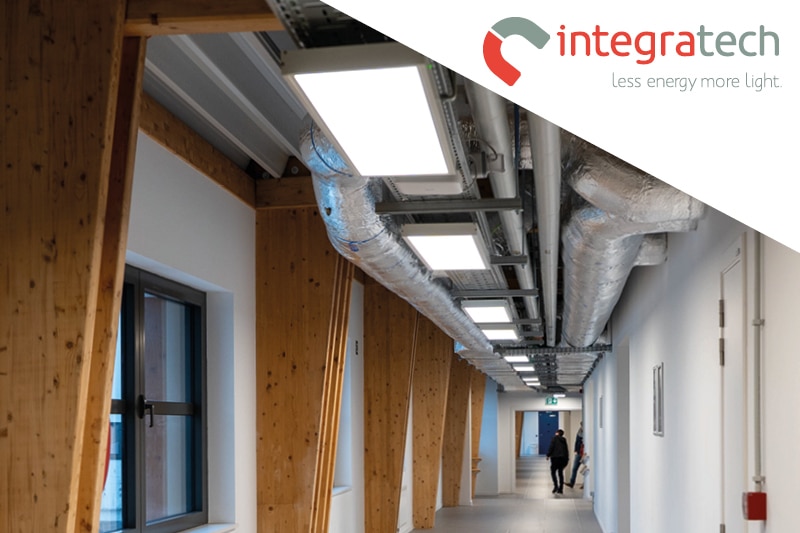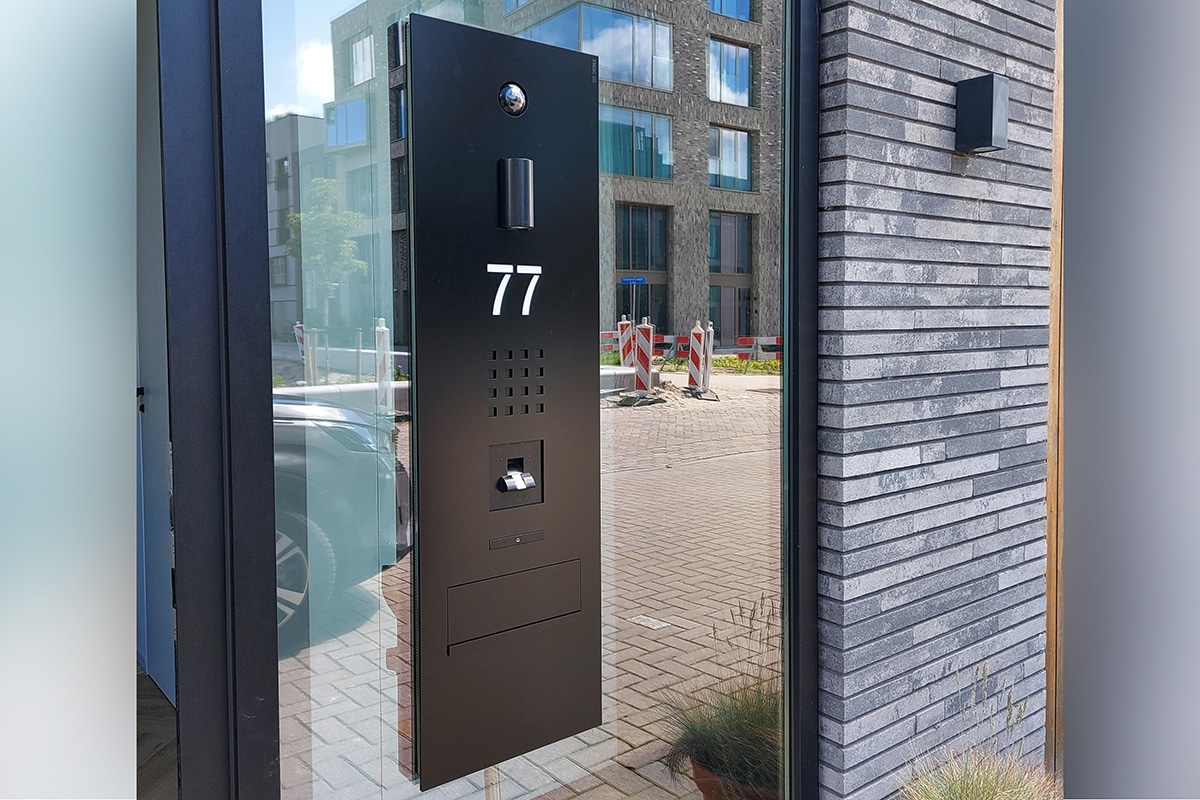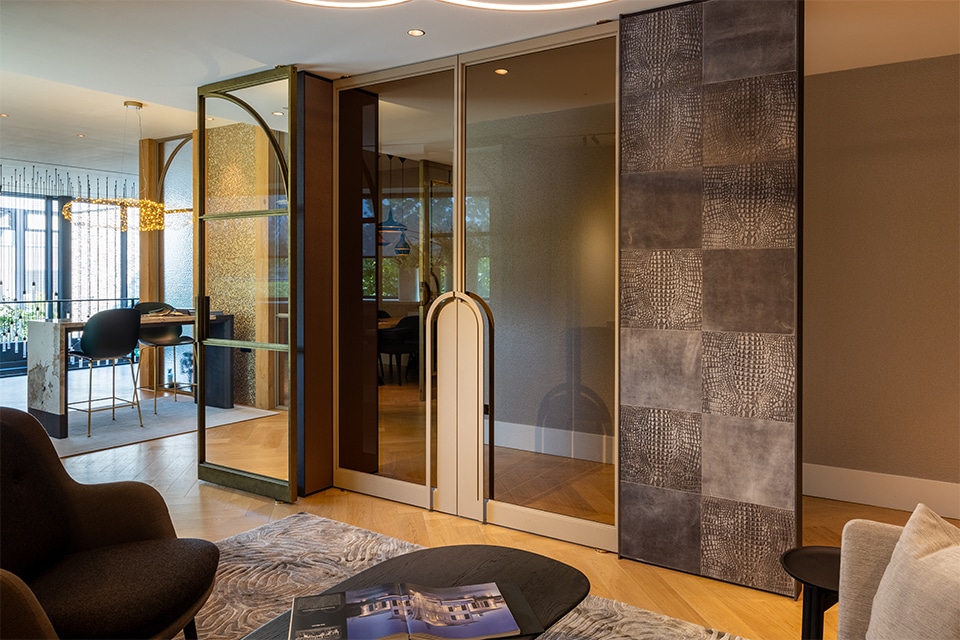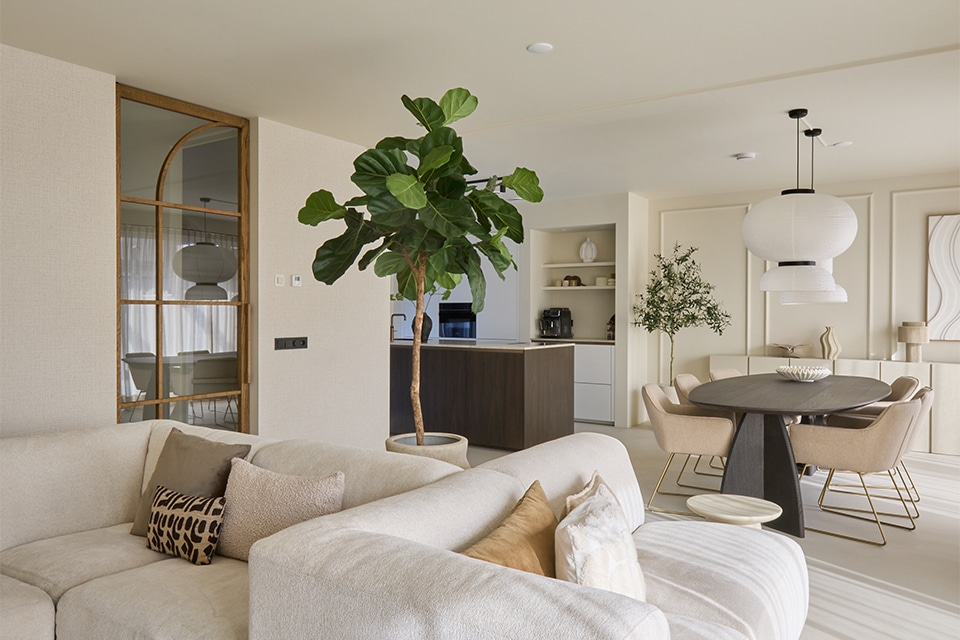
Let's not forget what really matters in creating light for people!
Of course it is known to every professional (including the architect!) that light and lamps have a very large - and even determining! - influence human health and well-being. For any innovator working in the lighting industry, this will not be new news. Light plays a crucial role in regulating various physiological processes in our bodies. Think about regulating our internal clock, influencing hormone production, determining our mood and the strength of our cognitive ability. The latter is essential, for example, in office environments. People there have to be able to perform optimally no matter what. Although? You can't always slump at home either!
It is therefore good to share this general awareness again because a lamp is not just a product that is purely technically functional: a lamp is essential to our existence! But do we still know this (enough) in the rat race to commercially beat the competitor? Not long ago I spoke to an account manager from a major lighting manufacturer. He had never heard of the 'Circadian rhythm'... So all hands on deck!
Circadian rhythm
In any case, one of the most important aspects of light is the regulation of our biological clock, also called the circadian rhythm. This rhythm is responsible for synchronizing our physiological processes with the natural day and night cycle. Exposure to natural daylight during the day and its absence at night helps regulate our sleep-wake rhythm. It also helps us stay alert and energetic during the day and promotes a good night's sleep.
However, it is not only natural light that matters, but so does artificial lighting. After all, we are not outside all day! There is also work to be done. Sometimes in the evening. Or at night. So the development of LED lighting has revolutionized the way we use artificial light and has even led to a better understanding of its effects on human health. LED bulbs, for example, can be adjusted to produce different color temperatures, ranging from warm white to cool white. These color temperatures mimic natural daylight and have different effects on our well-being.
Several scientific studies (*) have shown that exposure to colder color temperatures, similar to daylight, during the day can improve alertness and performance.
On the other hand, the use of warmer light in the evening hours can help promote natural sleep-wake rhythms and promote a good night's sleep. Here it is important to note that excessive exposure to bright light in the evening, especially the blue light emitted by electronic devices, can lead to sleep problems and disruption of circadian rhythms.

Emotional well-being
In addition to regulating the sleep-wake cycle, light also affects mood and emotional well-being. Exposure to natural light can help improve mood and reduce symptoms of depression. Any doctor will agree: if you're not feeling well, get outside. Get that healthy (and natural!) vitamin D. No high-end technological innovation can beat that!
Conversely, lack of exposure to natural light, such as during the winter months in people with seasonal affective disorder (SAD), for example, can lead to decreased mood and energy levels. Light therapy, in which people are exposed to bright artificial light, is a widely used treatment for SAD and has shown positive effects.
In addition, the latest scientific findings have shown that light plays a role in regulating other bodily functions. Exposure to sufficient daylight can help improve digestion, strengthen the immune system and promote the production of vitamin D in our bodies. Vitamin D - I said it earlier in this talk - is essential for good health and plays a role in maintaining strong bones and regulating the immune system.
It is therefore of vital importance (yes, literally sometimes!) that the architect or designer, who wants to play with the effects of light and lamps, and wants to let loose on them with full creativity, remains well aware that there is a great task - i.e. responsibility - for him in those (design) processes. The emphatic stamp of a design's own signature should therefore never be leading. The well-being of man, however, is.
Source reference:
(*) Research on the effects of light on the biological clock (Current Biology, 2012), Clinical Sleep Medicine (2015) and an important recent study (2018) from Sleep Medicine Reviews in which the researchers concluded that exposure to bright light, particularly in the morning hours, improves alertness, attention, memory and reaction times.



